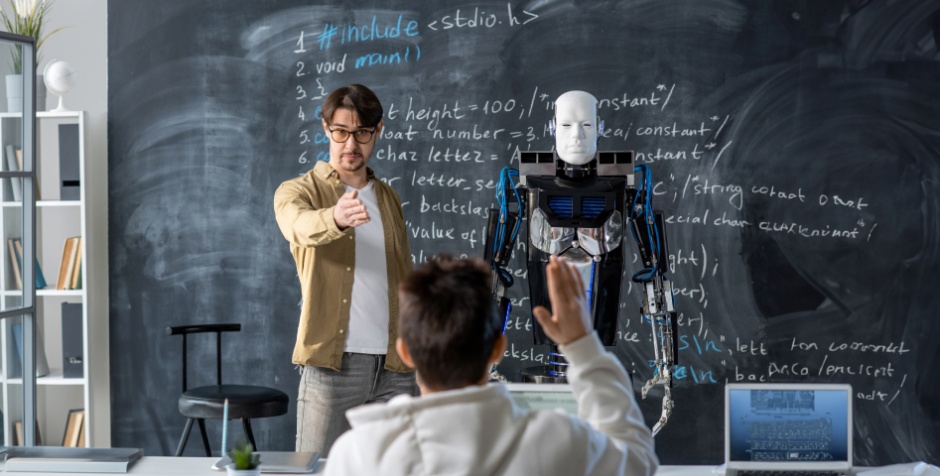In an era where technology and education intersect more profoundly than ever, artificial intelligence (AI) stands at the forefront of this revolutionary convergence. A recent analysis by McKinsey & Company forecasts a potential income growth of up to 4% for the global education industry over the next three years, driven by the strategic implementation of AI technologies. This growth not only signifies a substantial financial uplift but heralds a new dawn for educational methodologies, accessibility, and quality.
The “Digital Economy” agency’s comprehensive review, “The Impact of Artificial Intelligence on Education,” underscores the pivotal changes AI is poised to bring to intellectual industries, with education taking a prime spot. The integration of AI into educational frameworks is transforming traditional teaching paradigms, democratizing access to knowledge, and redefining teacher training processes. Such advancements promise a more inclusive, efficient, and personalized learning experience for students worldwide.
The United States emerges as a leader in this technological vanguard, applying AI across various economic activities, including education. Market research firm Technavio projects the U.S. AI in the education sector to expand by $374.3 million from 2021 to 2026, marking an impressive annual growth rate of 48.1%. This growth is attributed to AI’s capability to motivate learners, streamline educational timelines, enhance learning environments, and equip students with cutting-edge knowledge acquisition tools.
AI’s application in education extends beyond administrative efficiency and into the realm of personalized learning experiences. By analyzing student behaviors and customizing the learning process, AI technologies are setting new standards for educational engagement and effectiveness. These technologies facilitate a nuanced understanding of individual student needs, allowing for tailored instruction that addresses diverse learning styles and paces.
Moreover, AI’s role in promoting educational accessibility and inclusivity cannot be overstated. Through personalized learning games and robotics, AI is breaking down traditional barriers to education, making learning more accessible to students with varying abilities and from different socioeconomic backgrounds. The anticipated growth of the global educational robots market to $5.5 billion by 2030, from $1.18 billion in 2023, as estimated by Grand View Research, reflects the expanding role of robotics in providing practical, hands-on learning experiences that foster creativity and critical thinking.
Despite the promising horizon, the journey toward fully integrating AI into education is not devoid of challenges. In Russia, for instance, the heterogeneity of the educational system, the digital divide, the shortage of qualified personnel, and the lack of thematic educational resources pose significant barriers to AI adoption. Addressing these challenges requires a collaborative effort among government bodies, educational institutions, IT companies, and end-users, including teachers and students.
As AI continues to shape the educational landscape, stakeholders must establish common rules for its use, ensuring that it serves as a tool for enhancing educational quality and integrity rather than a means for academic dishonesty. The journey ahead is complex, yet the potential of AI to transform education is boundless, promising a future where learning is more accessible, personalized, and effective for everyone.


